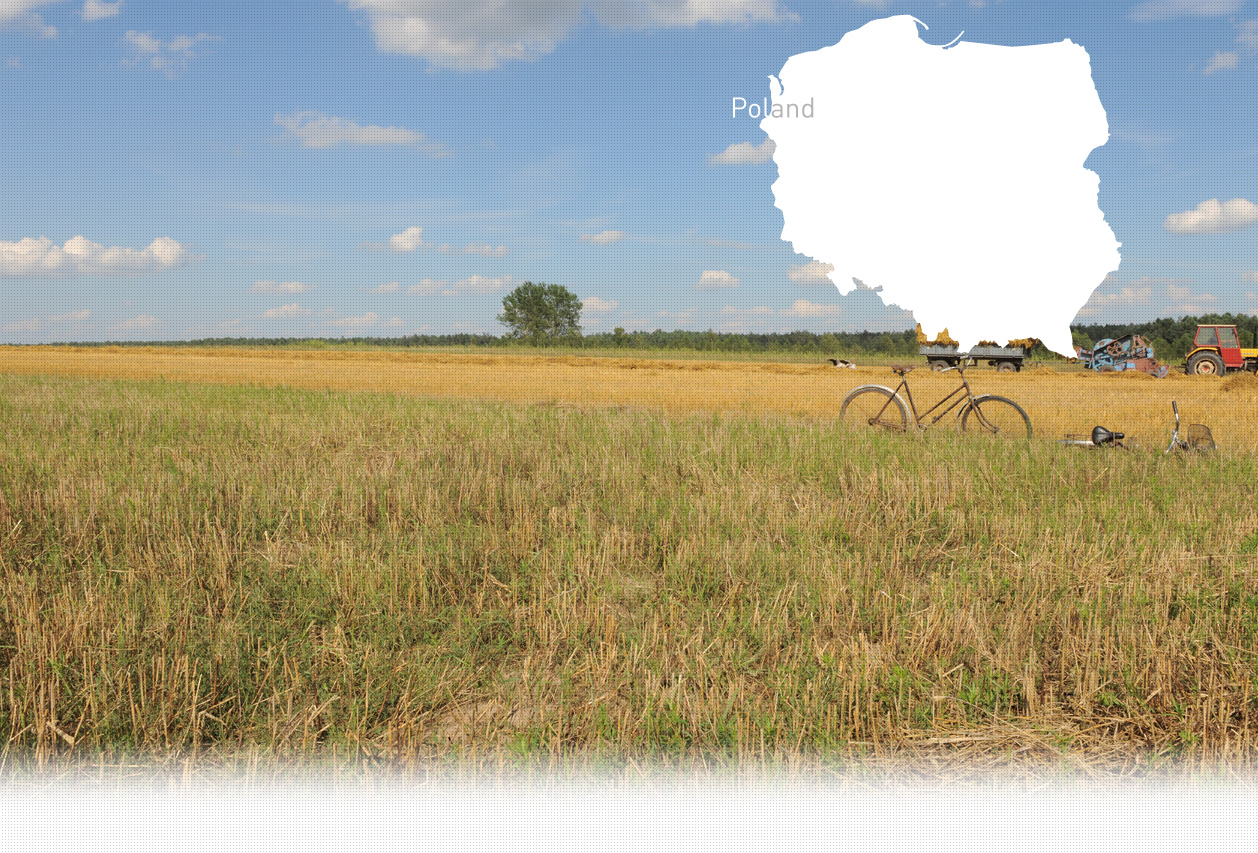

1 Killing site(s)
Czeslaw N., born in 1932, recalls: “Jews in Szczuczyn were mainly traders. They were very smart and talented businessmen. Consequently, at one point, competition between Polish and Jewish traders appeared. Polish local nationalists tried to prevent Poles from buying in Jewish shops but, as Jews had always the lowest prices and the best merchandise in their shops, people preferred to buy from them anyway (…) At the time, my grandmother had a goose farm. I remember one amazing Jewish man, Birman Nojsman, who would buy geese from her. He owned a canteen in Szczuczyn, it was a kind of restaurant. My family liked him very much so we would always let him choose the best geese. I remember that he had French origins so when Germany invaded Poland, he fled abroad with his beautiful wife and two sons. His house still exists, as well as the building of his restaurant.” (Witness n°618, interviewed in Klimontow on June 26, 2016)
Court inquiries about executions and mass graves
1. Date and place of execution: July 1941, Jewish cemetery
2. Type of execution (shooting, hanging or other): shooting;
3. Personal data of the executed victims
Polish, Jews, other nationalities: Jews and Poles;
Number of executed victims: about 600 Jews
Origin of the victims: Szczuczyn
[Deposition given by Jozef Z., an inhabitant of Szczuczyn; RG-15.019M Reel#1]
Szczuczyn is a town in Grajewo County in Podlaskie Voivodeship. According to a witness interviewed by YIU, Czeslaw N., born in 1932, there were 7.000 inhabitants in Szczuczyn before the WWII, 3.500 of them were Jewish. Other sources mention that Jewish population made even up to 80% of the total population of Szczuczyn. There were three synagogues in town, as well as a Jewish cemetery, a cheder, a library, a cultural organization and even a few Jewish charities. Jews in Szczuczyn were mainly traders and artisans. They owned the majority of the local shops and manufacturing plants. In spite of that, the Jewish community wasn’t very wealthy as the main clients of Jewish shops were Polish farmers who were quite poor themselves. The difficult economic situation was exacerbated by the boycott of Jewish shops organized from time to time by the local nationalist organization.
Right after their arrival to Szczuczyn in 1939, the Germans burnt down the main synagogue and a Jewish school. They started to persecute the Jews by beating them and robbing their valuables. 250-300 Jewish men were sent to a labor camp in the Reich. According to the Molotov-Ribbentrop Pact, Szczuczyn found itself under the Soviet occupation until June 1941 when the Germans reoccupied the town. From June 27, 1941, a series of pogroms took place in Szczuczyn, in which local Polish inhabitants murdered 300 to 400 Jews. According to Czeslaw N., the killings lasted several days. In July 1941, Polish officials under the command of an SS officer mobilized the local population to take part in more anti-Jewish violence. As a consequence, the Jewish population was gathered and brought to the Jewish cemetery. In the meantime, their houses were plundered by the local inhabitants and the SS. At the end of the day, 97 Jews were murdered, the rest of the captives were released.
In August 1941, 20 Jewish women from Szczuczyn were brought to the neighboring village of Bzury to carry out forced labor in a local manor. After three days of work in manor’s gardens, six Polish men from Szczuczyn came to the manor and brought the Jewish women to the nearby forest. In the forest, the men told them to undress, before sexually abusing and killing them. The victims were buried by their murderers in the same forest.
The ghetto was created in Szczuczyn in August 1941. Around 600 Jews from the town and surrounding villages were enclosed in the ghetto. They were guarded by local police and German soldiers. Over the course of the next six days, Jews from the ghetto were brought in small groups to the Jewish cemetery and executed.
The Szczuczyn ghetto was liquidated on November 2, 1942. Its residents were sent to the Bogusze transit camp. On December 15, 2.500-5.000 Jews from the Bogusze camp were deported to Treblinka extermination camp. The remaining Jews were sent to Auschwitz extermination camp on January 7, 1943. Less than 10 Szczuczyn Jews survived the war.
Do you have additional information regarding a village that you would like to share with Yahad ?
Please contact us at contact@yahadinunum.org
or by calling Yahad – In Unum at +33 (0) 1 53 20 13 17